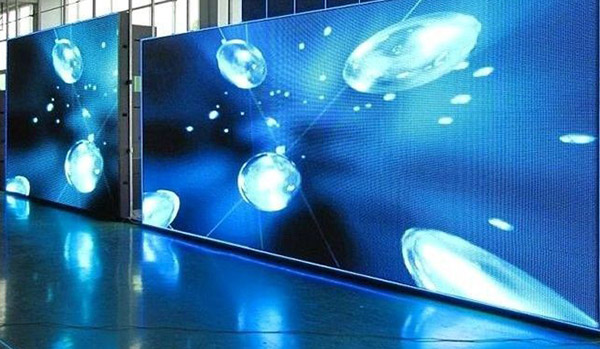Clarifying Light Emitting Diode Display Screen Illumination Measurements to Peak Display Functionality
Clarifying Light Emitting Diode Display Screen Illumination Measurements to Peak Display Functionality
Blog Article
LED wall screens have become more and more favored across different environments, including residences and commercial spaces as well as communal areas. Such screens tend to be recognized due to the vivid as well as dynamic visuals, that render these ideal for conveying information, advertisements, and entertainment. However, understanding the brightness measurements of LED wall panels is essential for guaranteeing ideal visual efficacy. Illumination is measured in metrics known as candelas, that show the amount of luminosity produced by a screen. A greater number of quantity in candelas, the brighter the display will be. For, instance, one panel with 1,000 candelas stands considerably more vivid compared to one with 500 nits, rendering this one better equipped for brightly lit settings.
As you selecting an LED wall screen, one becomes important to consider the setting where that it will be used. In brightly lit areas, such as shopping malls or outdoor locations, a increased brightness rate becomes essential for guaranteeing clarity. On the other hand, within dimmer settings, like cinemas and meeting spaces, lower diminished brightness level may suffice. This is because excessive brightness in a dark setting can result in viewer discomfort among the audience, causing them more difficult for concentrate with a screen. Thus, comprehending specific specific needs for an setup site will aid in choosing the right brightness rate directory for optimal viewing experience.
Another important factor to consider is the contrast proportion of an LED wall panel. The contrast ratio measures the difference between the brightest most luminous light versus the darkest dark shade which a panel can produce. A higher contrast proportion indicates the display can it can show more detail and depth, thereby improves general visual quality. For instance, a panel boasting an differential proportion at 10,000:1 is able to display visuals featuring more vivid colors and crisper features than one with a ratio of 1,000:1. Such becomes especially important when displaying visuals and videos which require greater clarity as well as detail, such as presentations and advertising material.
Moreover, the mechanism that drives Light Emitting Diode panel panels has an essential role in the illumination as well as overall performance. Various kinds in LED technologies, including OLED and LCD, possess distinct traits that affect the way luminosity is perceived. OLED panels often provide better differential click this as well as deeper blacks, thereby may enhance the visual experience within darker environments. On the other hand, traditional LED screens might be more suitable in well-lit environments because of the ability to produce higher levels in brightness. Understanding such technological differences will help users in deciding on informed choices according to specific specific requirements.
In conclusion, regular care as well as calibration of Light Emitting Diode wall panels may help preserve optimal illumination as well as efficacy long-term. Dirt as well as dirt can build up on the screen, affecting the illumination and sharpness in a display. Regular washing and expert adjustment can guarantee the the screen operates at top best, providing consistent image clarity. Additionally, certain sophisticated LED panel screens come built-in built-in options which allow operators to modify illumination levels as well as color adjustments according to their wants. By implementing such steps, users will ensure the their Light Emitting Diode panel panels provide the optimal display efficiency, no matter the setting where which they are placed.